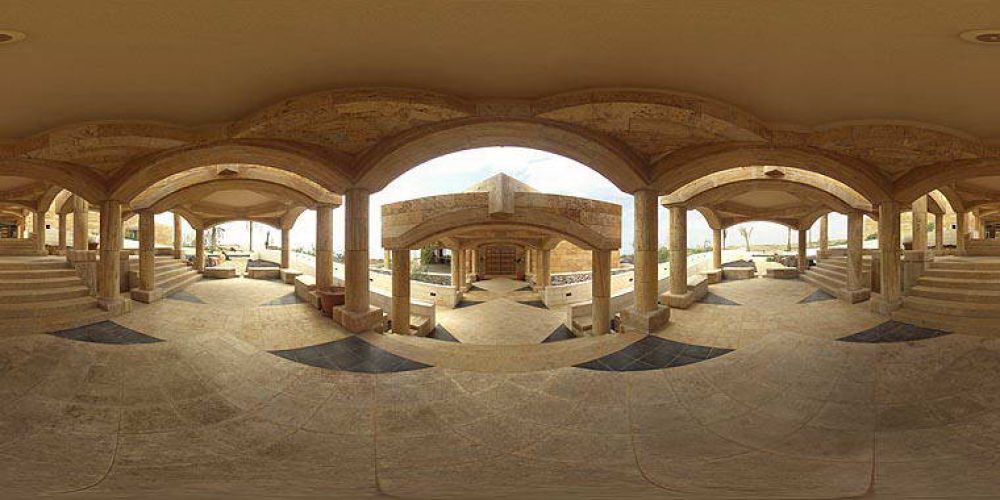

The Dead Sea, a remarkable natural wonder, is a salt lake nestled at the lowest point on Earth, bordering Jordan to the east and Israel to the west. Renowned for its hyper-saline water, therapeutic mud, and mineral-rich content, it has attracted visitors from around the world for thousands of years.
The tourism history at the Dead Sea stretches back to ancient times. Historic figures such as King Herod the Great and Queen Cleopatra are said to have visited this unique body of water for its health benefits. Over the centuries, the therapeutic properties of the Dead Sea have drawn numerous visitors for both health and relaxation purposes. The early 20th century marked the development of more organized tourism facilities, with the opening of the first hotels and spas. The establishment of Israel in 1948 and the development of the neighboring countries fueled further tourism development around the region.
The Dead Sea Panorama Complex is a destination within the Jordanian side that offers visitors a comprehensive experience. This unique complex, managed by the Royal Society for the Conservation of Nature (RSCN), showcases the natural and historical beauty of the Dead Sea. It includes a museum, a restaurant, and observation terraces providing stunning views of the Dead Sea and the surrounding landscape.
The museum within the complex serves as an educational resource, offering insights into the geological formation of the Dead Sea, its ecological significance, and the environmental challenges it faces due to the declining water levels. Interactive exhibits and informative displays help tourists understand both the historical significance and the current predicaments of the Dead Sea.
In recent years, there has been a growing trend towards ecotourism and sustainable travel practices in the region. The Dead Sea Panorama Complex aligns with these trends by dedicating itself to conservation and environmental education. Additionally, the complex provides guidance on responsible tourism practices to preserve the Dead Sea's delicate ecosystem.
Another contemporary trend is the rise in wellness and health tourism. Visitors continue to flock to the Dead Sea to benefit from its healing properties, with treatments ranging from mud facials to mineral soaks becoming exceedingly popular. The complex, with its panoramic views, adds to the tranquil experience and promotes the therapeutic ambiance of the Dead Sea.
The future of tourism at the Dead Sea and the Dead Sea Panorama Complex remains a concern due to environmental challenges. Efforts are being made to sustain and boost tourism while implementing measures to protect the future of this natural wonder. The complex itself stands as a beacon of educational and environmental awareness, striving to balance tourism with preservation.
Overall, the Dead Sea Panorama Complex continues to offer an enriching experience for tourists, combining spectacular views, historical insights, and environmental consciousness, ensuring a memorable and sustainable visit for all.